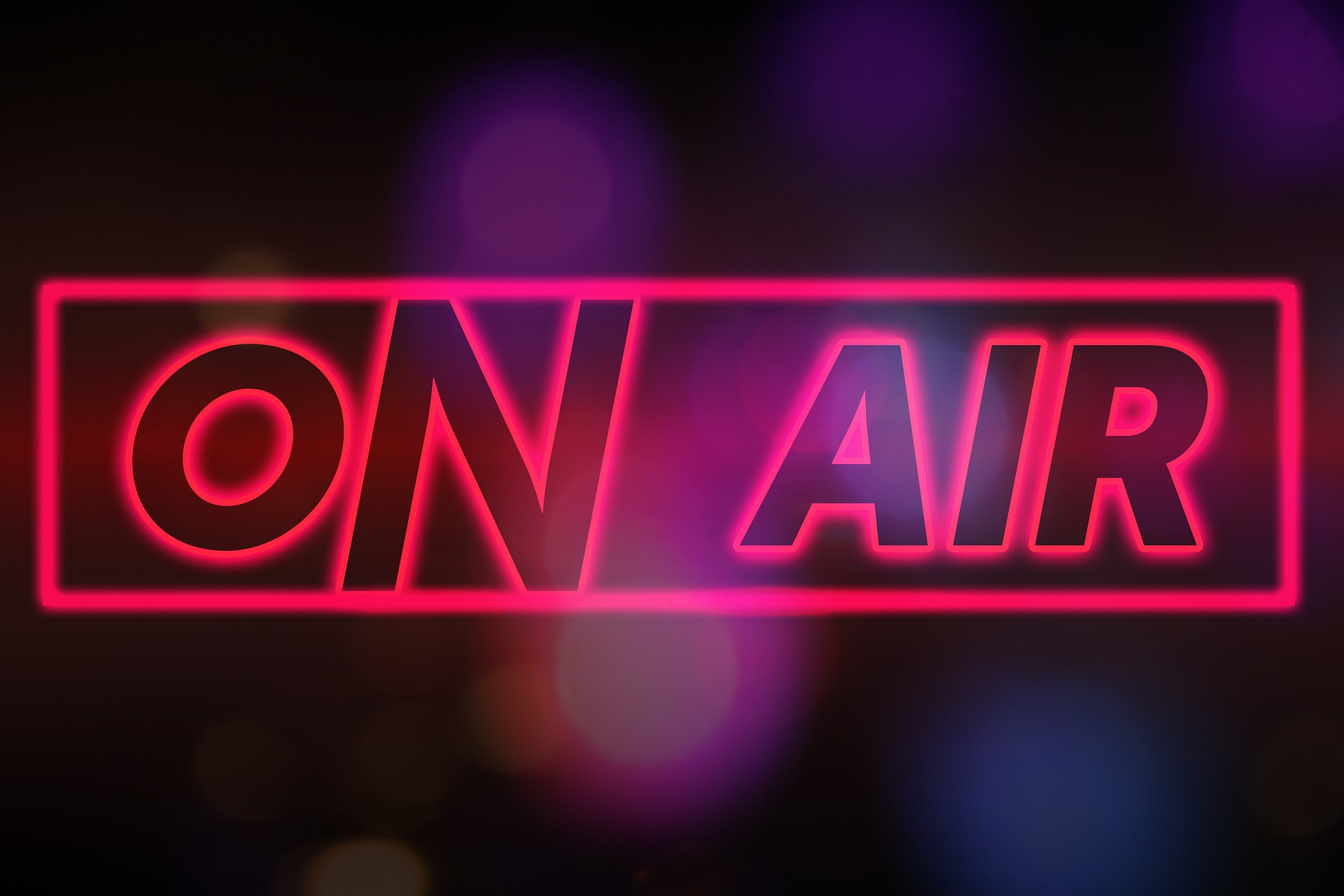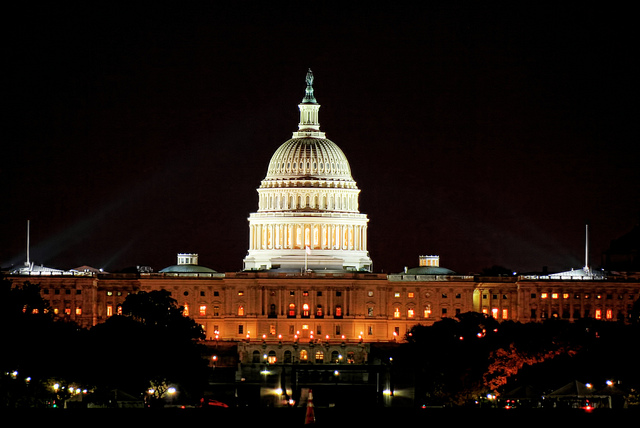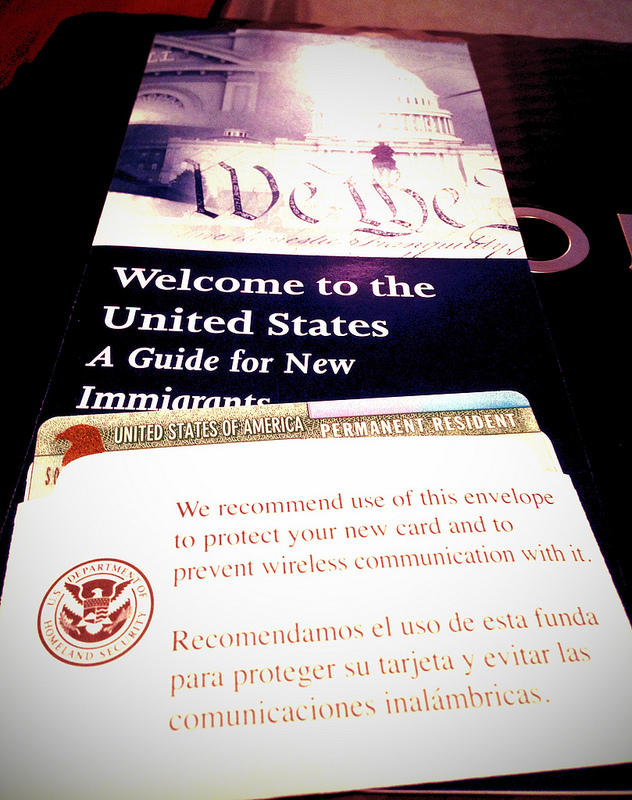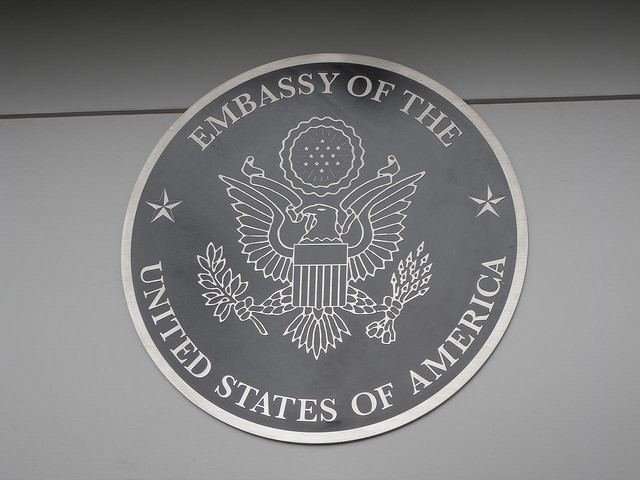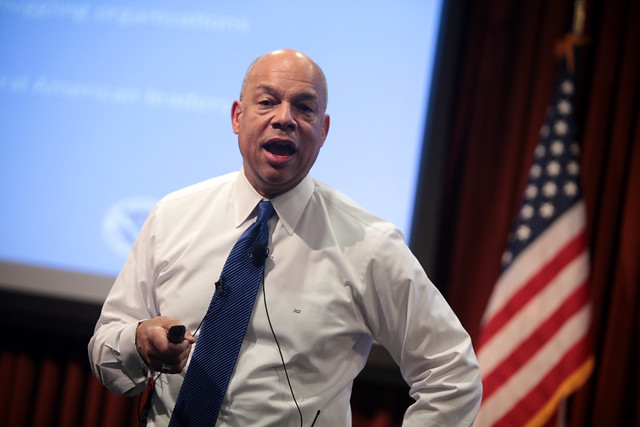Welcome back to Visalawyerblog! In this blog post we share with you an overview of the State Department’s October 2021 Q&A answer session with Charlie Oppenheim, Chief of the Immigrant Visa Control and Reporting Division of the U.S. Department of State, also known as “Chats with Charlie,” broadcasted every month on the State Department’s YouTube channel.
This new series features a monthly Question-and-Answer session with Mr. Charles Oppenheim and a Consular officer, where they answer many of the public’s frequently asked questions and provide a monthly analysis of each month’s Visa Bulletin. This discussion will provide details regarding what to expect in terms of the movement or retrogression of both family and employment-based preference categories on each month’s Visa Bulletin.
Questions for Charlie can be emailed in advance to VisaBulletin@state.gov ahead of each monthly session with “Chat with Charlie Question” in the subject line.
Be sure to subscribe to the State Department’s YouTube Channel and turn on your notifications so you do not miss any of these important updates.
Below are the highlights of the visa projections for October 2021.
DOS Q&A Session with Charlie Oppenheim: October 2021 Visa Bulletin Projections & Beyond
 Visa Lawyer Blog
Visa Lawyer Blog


